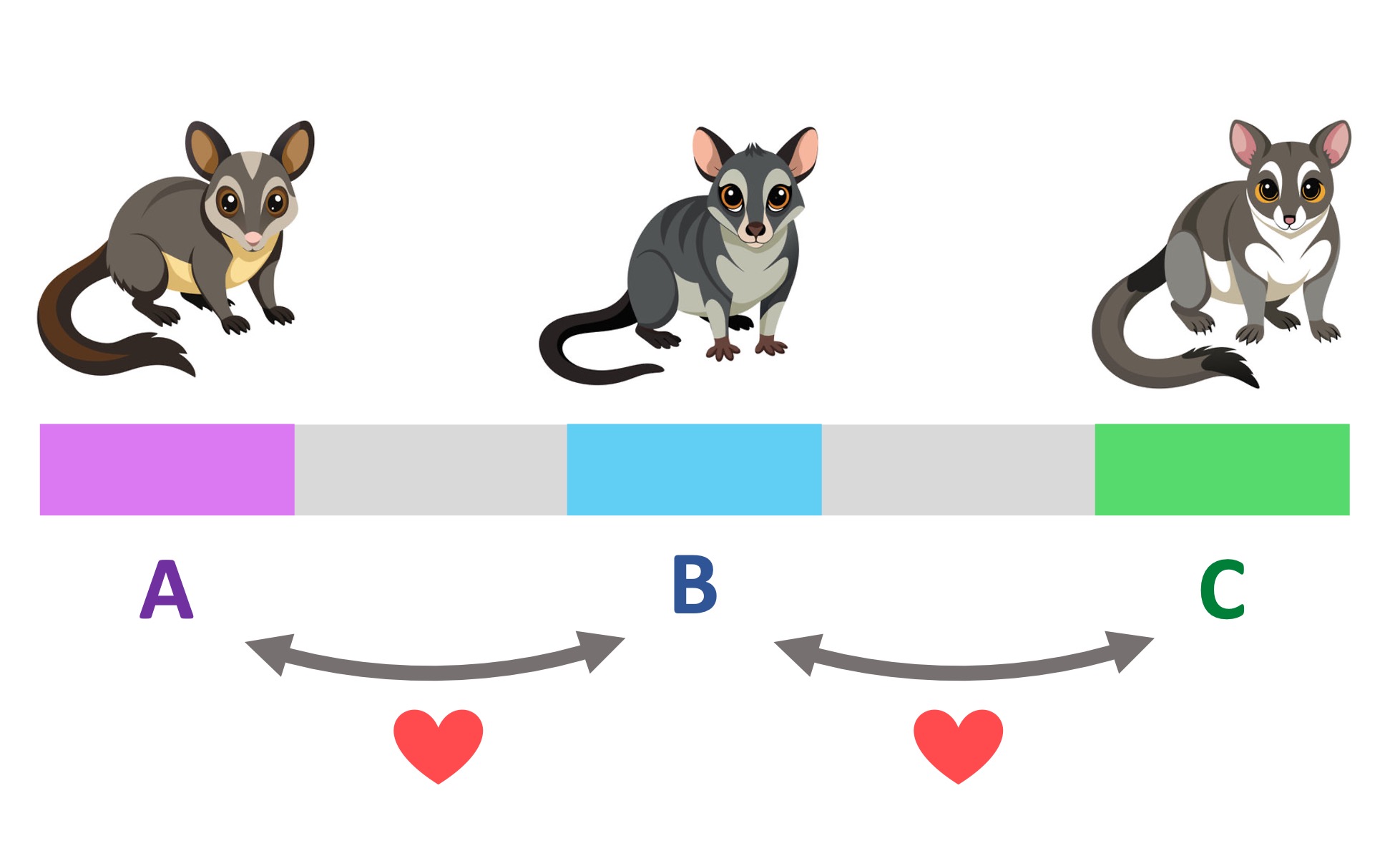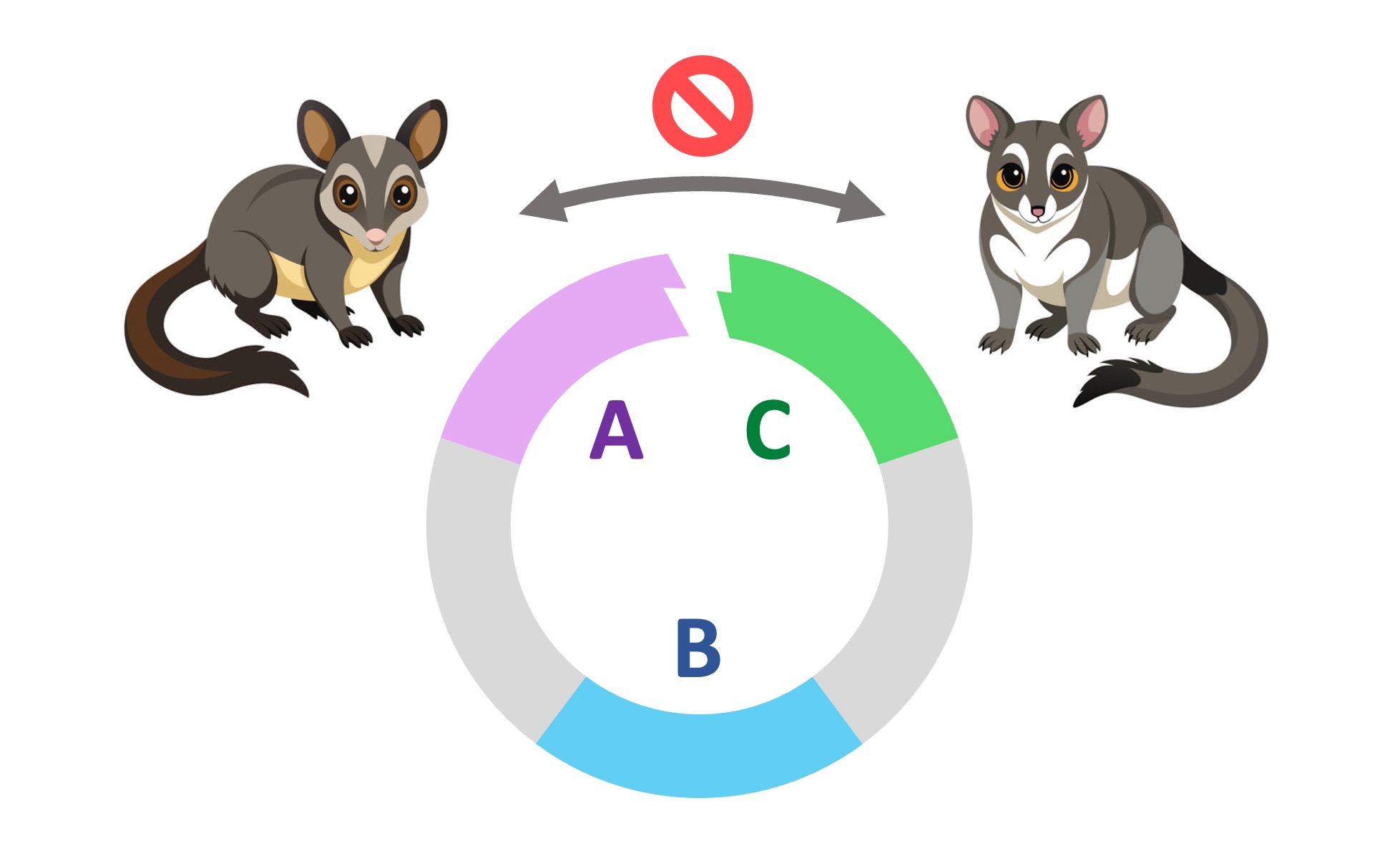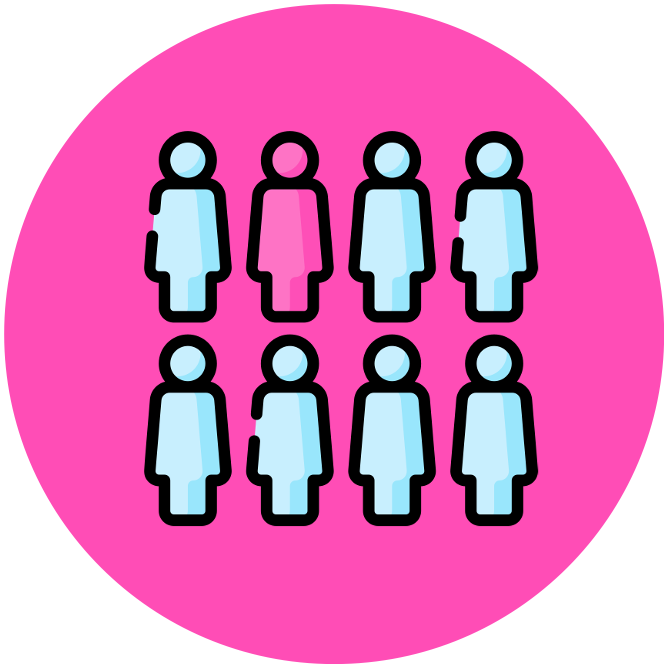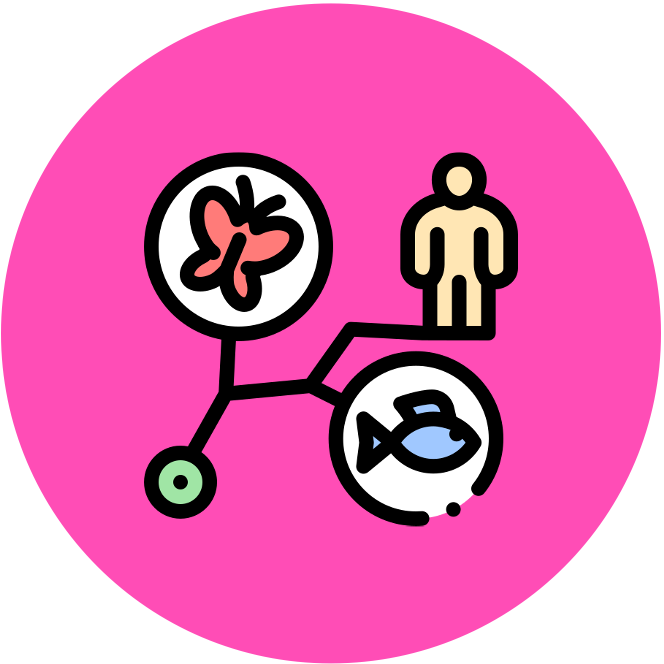

Species
A species represents a basic unit of classification, however differing definitions have been proposed to disambiguate this concept
-
Species have been categorised according to morphology, genetics, behaviours and ecological niches
According to the biological species concept, a species is a group of organisms that can interbreed and produce fertile, viable offspring
-
Members of a single species are unable to produce fertile offspring with members belonging to a different species
-
If different species do produce offspring, the infertile progeny are referred to as a hybrid species (e.g. horses and donkeys can produce mules)
Species Caveats
Over time new species can form if members of a single species become reproductively isolated and begin to genetically diverge (speciation)
-
Because this divergence is gradual, it can be difficult to ascertain if two populations are different species or just morphologically distinctive
Other limitations to the biological species concept include the fact that:
-
Certain organisms do not reproduce sexually (e.g. bacteria) but can transfer genetic material via plasmid exchange
-
Some past organisms are known only through fossils, with no living representatives, so breeding capacity is unestablished
-
Geographically isolated populations may never come into physical contact, meaning genetic compatibility cannot be confirmed
-
It may be physically impossible for certain members of the same species to interbreed (e.g. certain dog breeds)
-
Some species spread around an area to form interlinked populations, whereby the population ‘ends’ cannot interbreed (ring species)
Ring Species

B can breed with A and C





